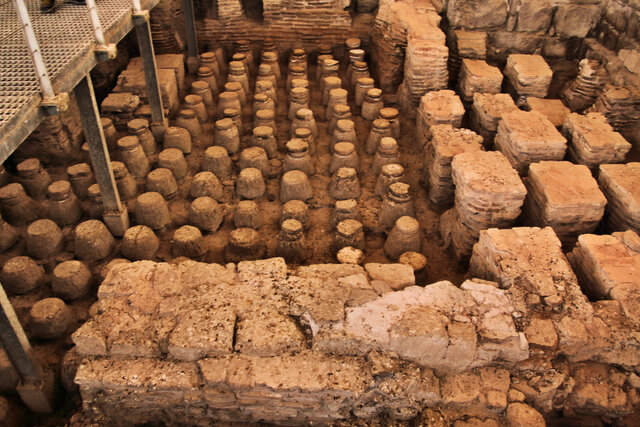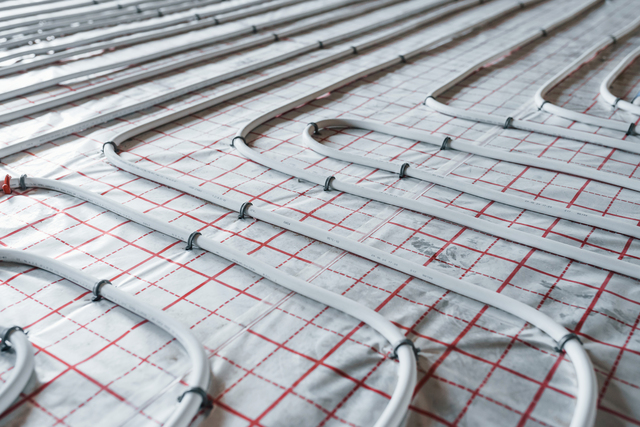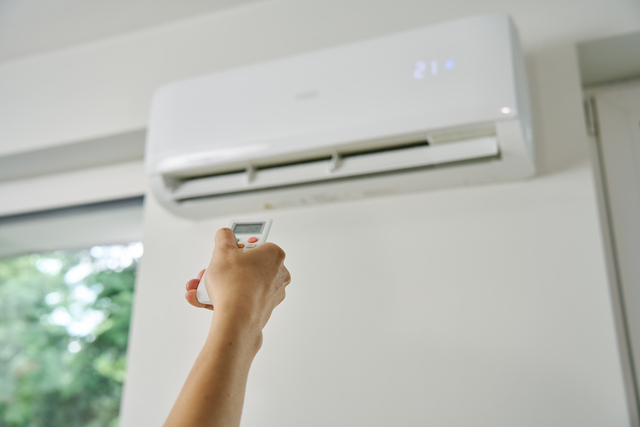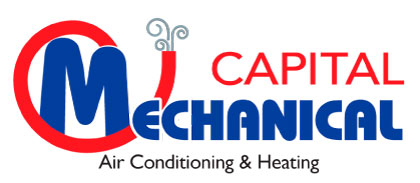A Brief History of Home Heating
Heating has come a long way from open fires in caves to modern HVAC systems. Here’s a quick look at its evolution:

Ancient Heating: Early civilizations used fire pits, and later, the Romans developed underfloor heating systems called hypocausts.
Middle Ages: Fireplaces became the primary heating source in homes, often constructed from stone or brick.
Industrial Revolution: The 19th century saw the introduction of steam and hot water radiators, which improved home heating.
20th Century: The invention of forced-air systems and central heating made home heating more efficient and widespread.
Modern Heating: Today, homeowners rely on gas furnaces, heat pumps, and energy-efficient HVAC systems to heat their homes.
Fun Facts About Heating

The first modern central heating system was installed in a home in the late 1800s.
Radiant floor heating, which dates back to the Roman Empire, is still used in many modern homes.
The thermostat was invented in 1883, revolutionizing temperature control.
A well-maintained heating system can reduce energy costs by up to 20%.
Common Heating Systems in North Texas
North Texas experiences mild winters, but homeowners still need an efficient heating system. Here are the most common options:
Gas Furnaces: Popular for their efficiency and reliability, gas furnaces provide quick, consistent warmth.
Heat Pumps: Ideal for moderate climates, these systems provide both heating and cooling by transferring heat rather than generating it.
Electric Furnaces: A good alternative for homes without natural gas connections, though they can be more expensive to operate.
Ductless Mini-Splits: Perfect for zoned heating and cooling, these systems allow for individual temperature control in different rooms.

Essential Heating System Maintenance Tips
To keep your heating system running smoothly and efficiently, follow these maintenance tips:
Change Air Filters Regularly: Dirty filters restrict airflow and reduce efficiency. Replace them every 1-3 months.
Schedule Annual Inspections: A professional HVAC technician can identify and fix issues before they become major problems.
Keep Vents and Ducts Clean: Blocked vents can cause uneven heating and strain your system.
Check Your Thermostat: Ensure it’s functioning correctly and set at an optimal temperature for energy efficiency.
Seal Leaks and Insulate: Proper insulation helps maintain indoor temperatures and reduces the strain on your heating system.
When to Call a Professional
If you notice these signs, it’s time to call Capital Plumbing Inc. for heating system repair or maintenance:
Unusual noises like banging or rattling
Inconsistent heating or cold spots in your home
A sudden spike in energy bills
Frequent cycling on and off
A yellow or flickering pilot light (for gas furnaces)
Stay Warm with Capital Plumbing Inc.
At Capital Plumbing Inc., we specialize in keeping North Texas homes warm and comfortable. Whether you need heating system repairs, maintenance, or a new installation, our expert team is here to help. Contact us today to schedule a service and ensure your heating system is ready for the season!

